There’s been quite some debate over the years regarding whether or not trains are better than trucks and busses. However, there’s no denying modern trains are more efficient than the competition, both in fuel and capacity. These large haulers have captured the imaginations of people around the world, regardless of age or location.
Nowadays, there are dozens of different types of trains which all have their own roles. Some haul people, some freight, and some other trains. They can be broken down into two types of categories: by rail gauge and by power source. From there, they can be further broken down by role.
Here’s a wide sampling of 22 different types of trains.
See Also: 19 Types of Tractors
Types of Trains
1. Automated People Mover (APM)
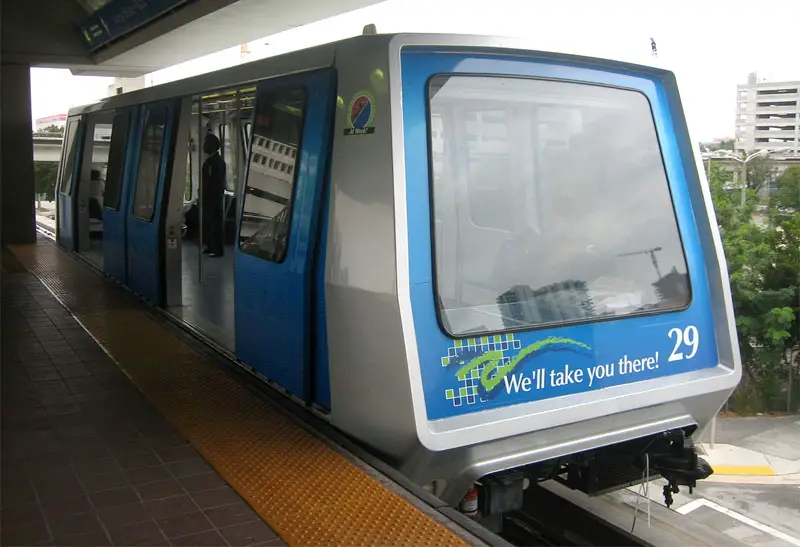
These are smaller-scale trains designed for moving up to 40 people at a time around small areas. They can be found in airports, downtown areas, or theme parks and may utilize a number of different rail types.
2. Circus Train
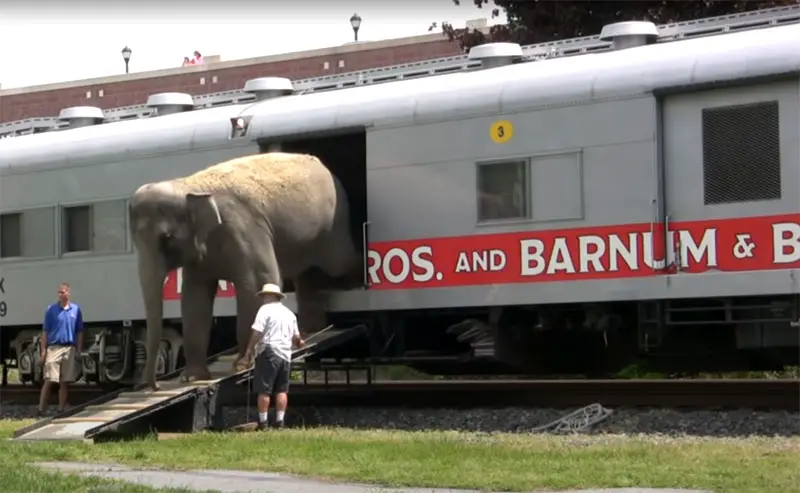
Used exclusively for the transporting of circus equipment, people, and animals, circus trains are a rare sight. P.T. Barnum was the first to use a circus train, loading his circus wagons onto flat cars for easier transport. At the time, this sometimes meant people could see the animals in their cages as the train passed.
In more recent times, circus trains looked very similar to passenger trains, with enclosed freight cars for animals, passenger cars for the performers and crew, and flat cars for the wagons and other equipment. Only a few circuses still use trains, most notably Circus Krone in Germany.
3. Commuter Train
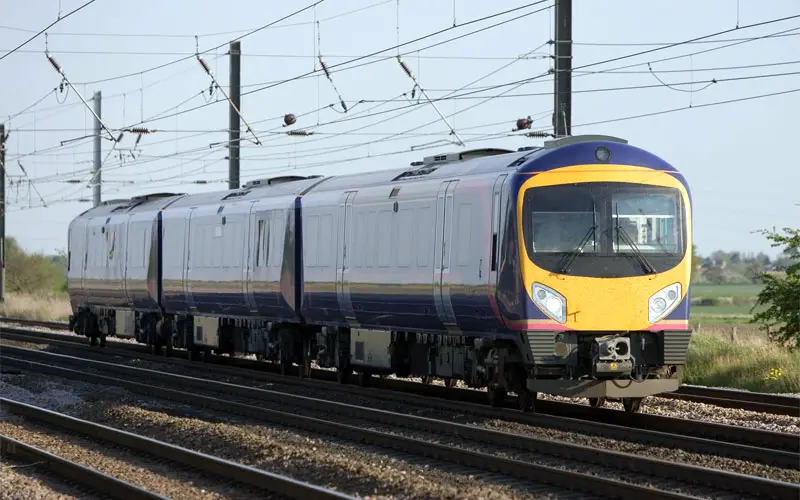
As the name implies, these passenger trains run between urban and suburban areas. As they’re mainly used to transport people to and from work, they usually only run during rush times, although some types of commuter train run all day.
In some of the more congested cities, these trains may have two levels to help accommodate the sheer number of passengers.
See Also: 11 Types of Limousines
4. Diesel Train
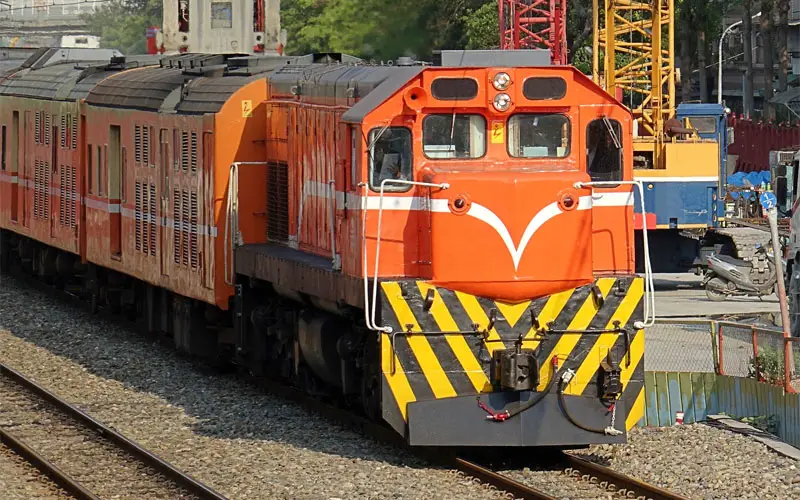
These are the heavy haulers in the train world and have been a staple since WWII. While electric trains are now gaining popularity, it’s the diesel that continues to rule the rails.
Read Also: 7 Types of Tow Trucks
5. Electric Train
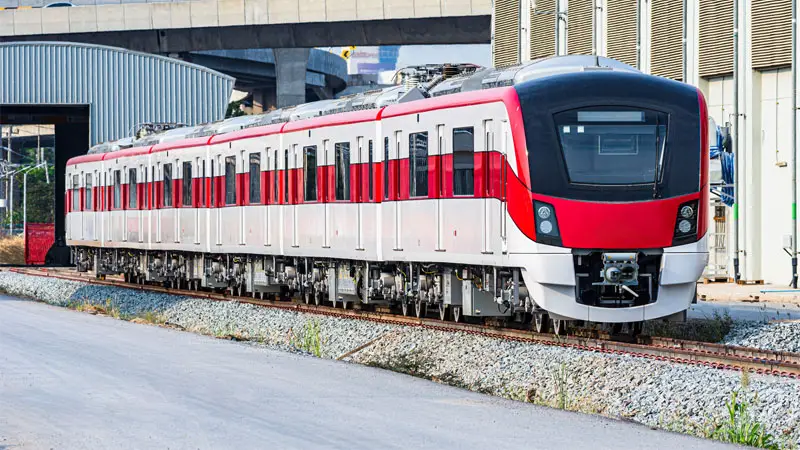
While not as robust as diesel trains, electric trains are fast and reliable. They’re found in a wide range of functions, usually dealing with passengers or light freight.
6. Freight Train
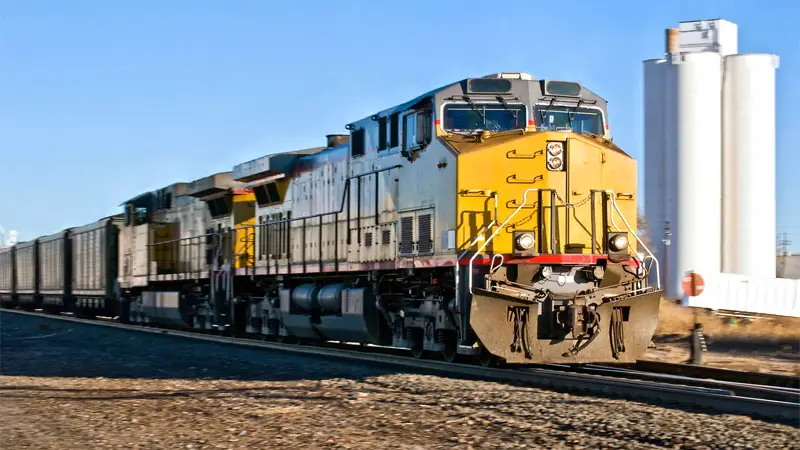
These are trains that carry only goods. These include everything from new cars to livestock and even trailers to be transferred to trucks for local delivery.
7. High-Speed Train
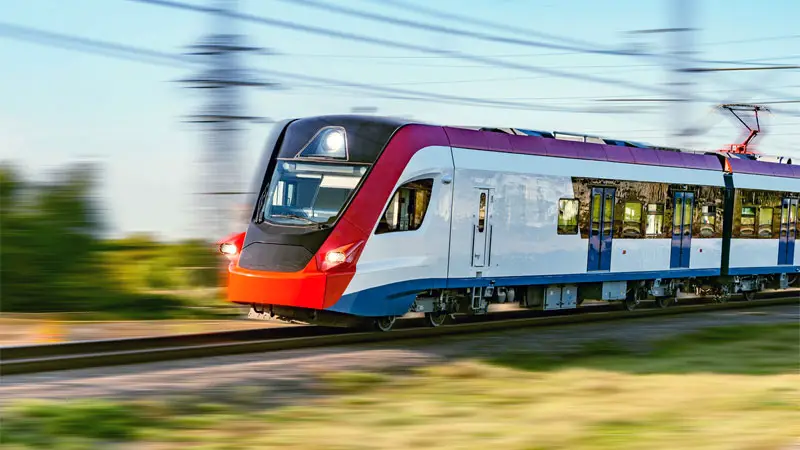
Using dedicated tracks and moving at speeds over 124 miles per hour, these trains originated with Japan’s famous Shinkansen line in 1964.
While not common in the US, they’re common in the Orient where commuters may now travel hundreds of miles to work and back every day.
8. Inter-City Train
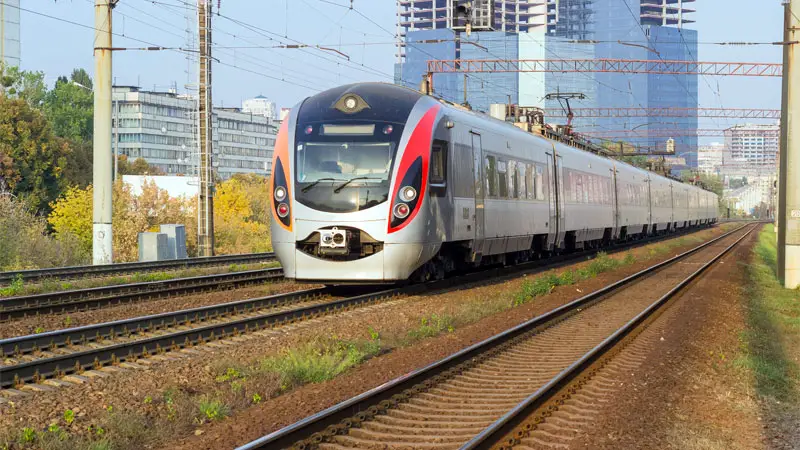
These passenger trains travel between cities, although they’re also used to connect cities throughout Europe due to the more open borders.
9. Long-Distance Train
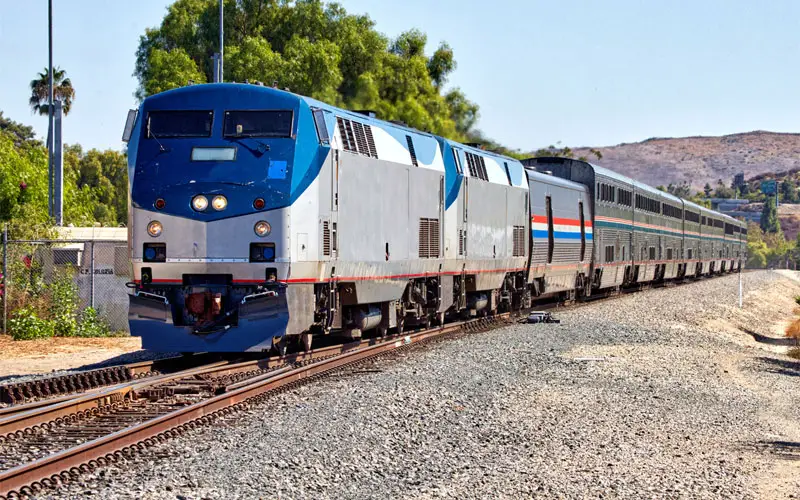
These are passenger trains designed to take people between states, territories, or even countries. Unlike Inter-City trains, they tend to travel longer distances between stops through various terrain. Amtrak is a famous long-distance train company.
10. Maglev
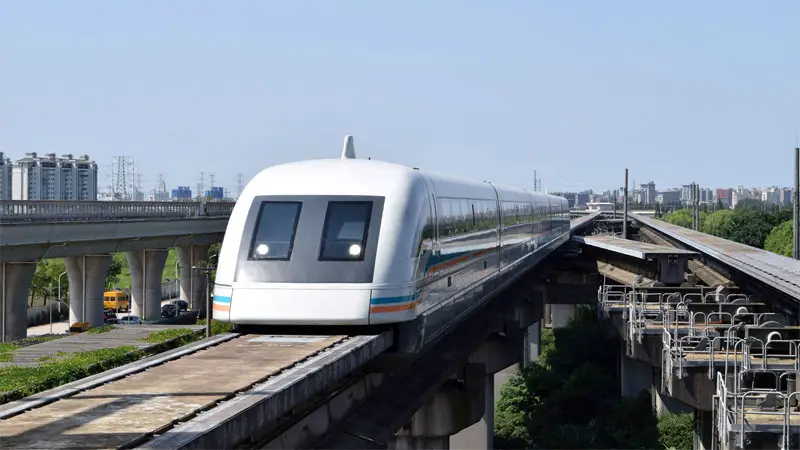
The fastest trains in existence use maglev or magnetic levitation. These frictionless lines use two magnets to propel the train, which has no moving parts.
Maglev trains are only found in the Orient, as the high cost of maintaining these trains generally makes them cost-inefficient.
11. Military Train
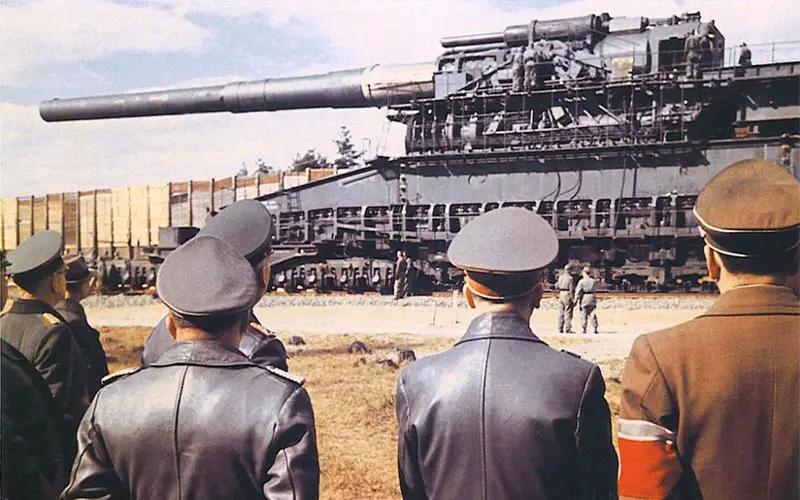
Military trains are more heavily armored than domestic trains and are used solely for transporting military personnel and equipment. These trains also carried special artillery on occasion, although this proved impractical.
The most famous piece of train artillery was the German Heavy Gustav, a massive cannon over 120 feet long.
12. Mine Train
These narrow-gauge trains are used in mining operations where they transport rock and ore out of the mines.
13. Model Train
Trains are a staple around Christmas trees and often occupy permanent dioramas in the homes of enthusiasts. These are usually electric, although the original Lionel trains used a wind-up key and were spring-loaded.
There are quite a few different scales to appeal to a wide range of personal tastes or available spaces. These scales are:
- G Scale – The largest scale is anything larger than O scale (ie: 1:29, 1:24, 1:22.5, 1:19, and 1:12) and can include ridable trains.
- HO Scale (1:87) – The most popular scale in the US, stands for “Half O”
- L Gauge (1:40) – The scale of LEGO trains
- N Scale (1:160) – The second most popular scale in the US
- O Scale (1:48) – The classic Lionel scale
- OO Scale (1:74-76) – More popular in Britain than the US
- S Scale (1:64) – Perhaps the rarest of all scales
- TT Scale (1:120) – The most popular scale in much of Europe
- Z Scale (1:220) – The smallest scale, which can be set up in a suitcase.
14. Monorail
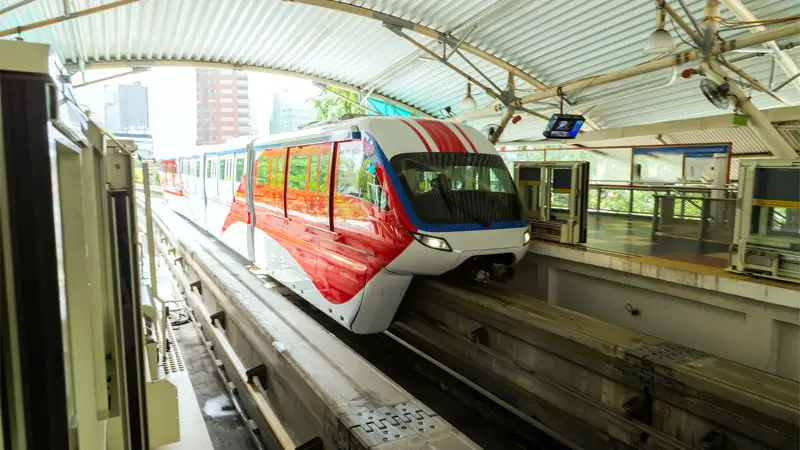
These trains are efficient but expensive to build, preventing them from becoming popular. They’re designed to run on a single rail, usually suspended high above ground level.
15. Passenger Train
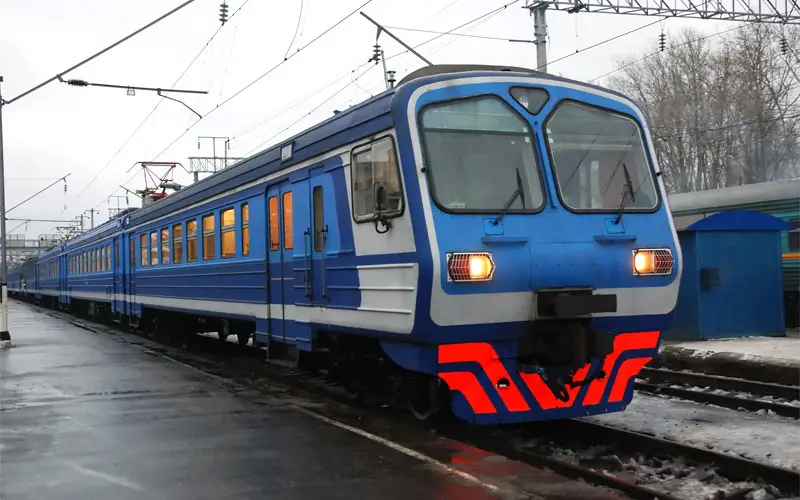
Just as freight trains exclusively haul freight, passenger trains exclusively transport people. Some are self-powered, some use engines, and some run on electric cables.
The three major categories of passenger train are short distance, long-distance, and inter-city
16. Personal Train
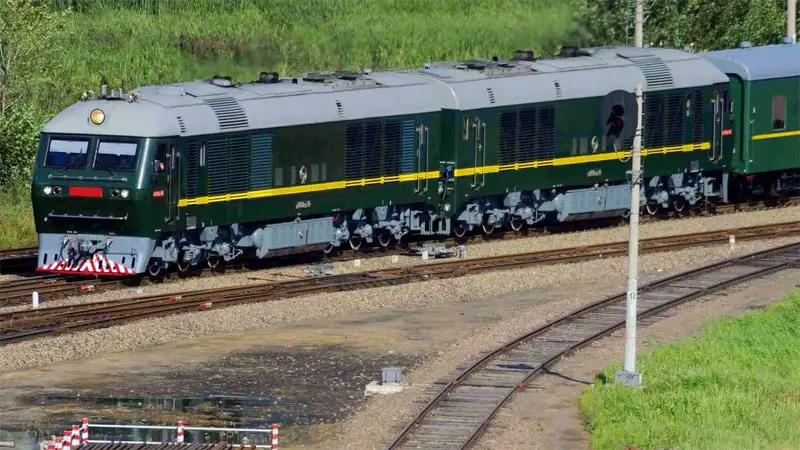
Trains have been a popular mode of transportation for well over a century, so it shouldn’t come as a surprise that many world leaders have their own personal trains. These secure passenger trains are designed to house a small number of passengers and are often armored.
Dictators including Hitler and Kim Jong-un famously had their own trains, and the US president also has access to one, although Airforce One tends to be the go-to these days.
In some cases, a personal train may simply be a privately owned carriage attached to the end of a passenger train. Amtrak offers this type of service, as do many other major passenger train companies.
17. Piggyback Train
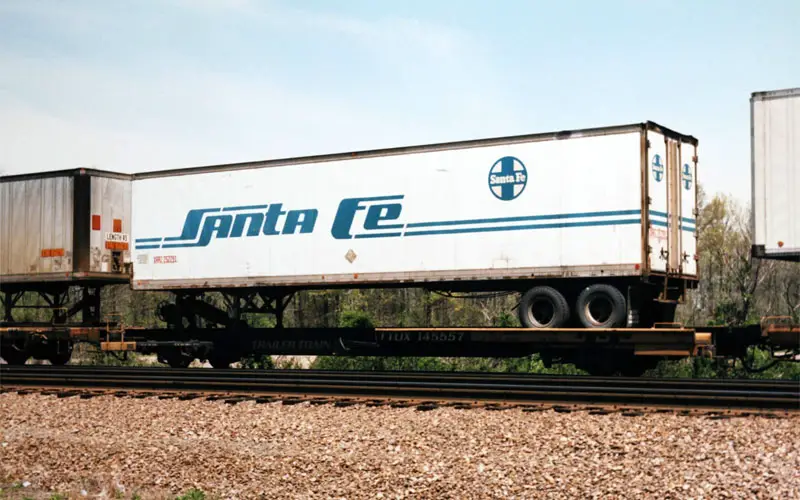
This type of freight train doesn’t simply haul freight, it can haul entire trailers on special carriages. This greatly reduces the amount of fuel consumption and road congestion.
A company simply drives their trucks onto the train, unhooks the trailer, and drives away. When the train reaches its destination, a new truck picks up the trailer and takes it to its destination.
There are two types of piggybacking used:
- The first is the standard piggyback (Trailer on Flat Car, or TOFC), which has the entire trailer parked on a flatbed.
- The second is the doublestack (Container on Flat Car, or COFC), which holds two stacked cargo containers in a slight depression between the bogies.
It should be noted that sometimes the flatbed cars themselves will piggyback on the one in front and have only one bogie. This aids in bends and distributing weight.
Read Also: 11 Types of Dump Trucks
18. Railcar
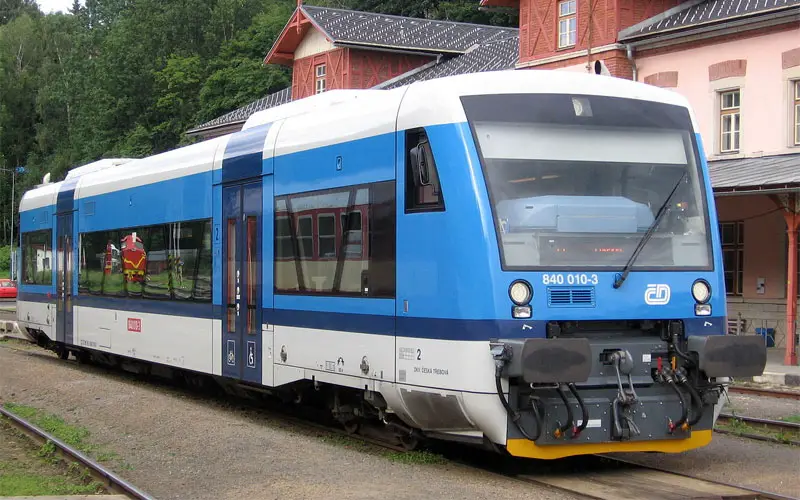
These small trains usually have a single self-propelled car with a driver’s cabin at both ends. They’re common in smaller subway and tram systems where the rail ends at a buffer, preventing the train from turning around.
While often run on their own, railcars have the ability to pull additional railcars or carriages behind them.
19. Rapid Transit
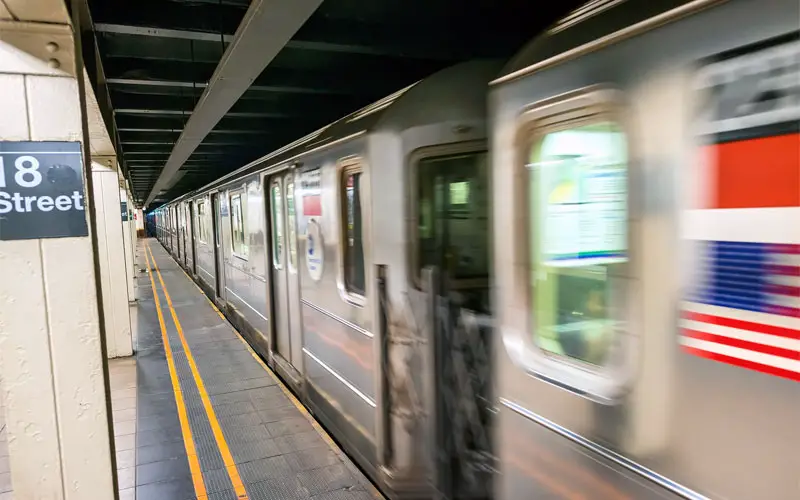
Also called mass rapid transit, this is a type of high capacity public transport most commonly found in highly populated urban areas. The New York City subway with its 472 individual stations is the world’s largest rapid transit system. With over 40 rapid transit systems, China is considered the king of rapid transit.
20. Regional Train
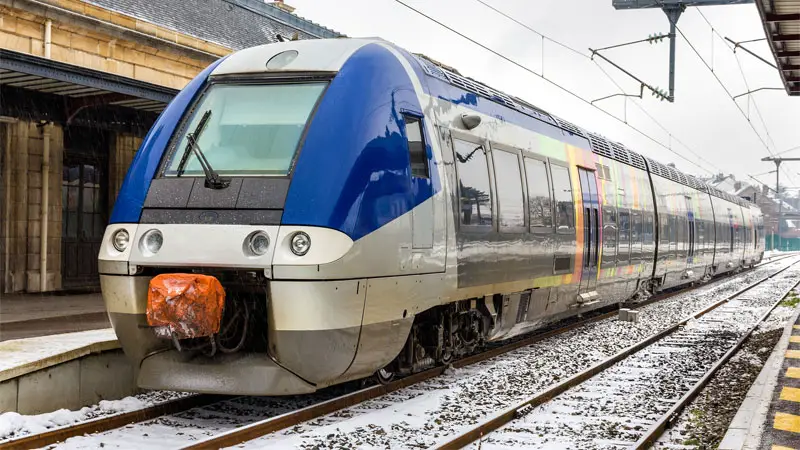
If long-distance trains go the furthest, and inter-city trains go moderately far, regional trains go the shortest distance outside of a city. They go a little further than commuter trains, often into more rural areas.
21. Steam Train
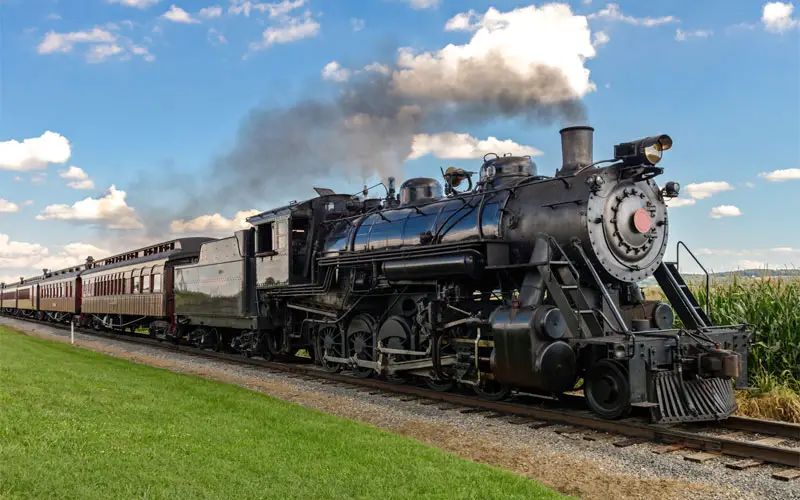
The original train type, steam engines remained at the forefront until the end of WWII when diesel took over. Today, they’re rarely seen outside of tourist attractions and museums.
See Also: 12 Different Types of Fire Trucks
22. Tram

These electric trains move at a much slower pace and are almost always found in congested urban areas such as the downtown zones of major cities. They are usually narrow-gauge and the rails may be underground (subway) or even embedded in streets.
Streetcars and trolleys are two common examples of a tram.

These are useful information as I doing research to know which type to use in different environmental setting
I am from Papua New Guinea and only just thinking of using this mode of transport in a country with growing population at 3% per annum
You forgot the “Daisy Train!”